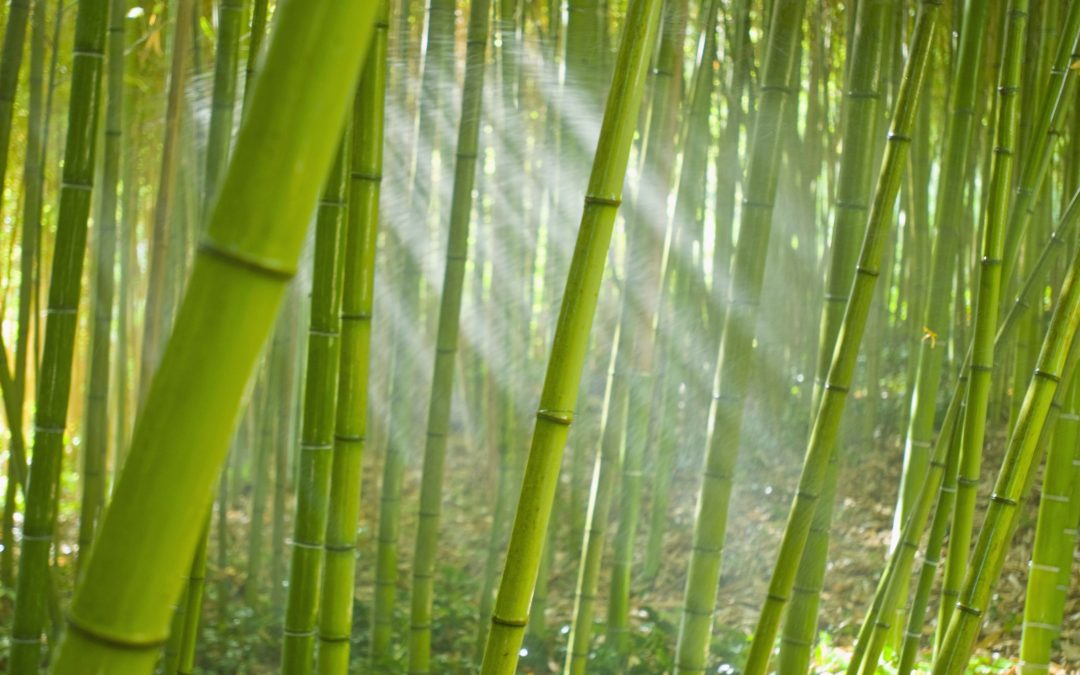“Mambu or Bamboo as it is more popularly known is the tallest member in the grass family. It is one of the fastest growing plants on the earth growing reportedly up to 98 inches in just 24 hours. Bamboo is mainly found in Asia, some parts of Africa and parts of Americas in many different varieties. Over centuries bamboo has been found a variety of uses like culinary, medicine, textiles, paper, construction, furniture, home décor and musical instruments.The use of bamboo as a construction material is not new and many countries have been using it to build homes for centuries. Generally when we think of a house made of bamboo the picture that comes to mind is a small hut in a village. But, this concept is fast changing because of the global demand for environmentally friendly and sustainable building materials. Bamboo’s unique and efficient natural design makes it a good building material.
Structure
A number of things like functionality, availability and expenses have to be considered when choosing a building material. The natural structural design is bamboo is unique, it is hollow inside and the fibers run longitudinally hence less material mass is required when compared to timber which has a larger material mass section. When considering the load bearing mass it functions as I -shape cross section. Bamboo can also be shaped according to the building requirements. Bamboo which grows in a box gets a square shape and can be used for connecting items. It can be bent after freshly cut and will remain in that shape after drying too. A few species of bamboo have same strength ratio of steel and almost twice the compression ratio of concrete. The 1999 earthquake in Colombia witnessed destruction of all concrete buildings but houses that were built from bamboo stood still and untouched by the earthquake.
Advantages of bamboo as a building material
There are several advantages of bamboo that makes it a good building material:
Bamboo’s strong natural fiber makes it superior to hardwood
The versatile quality of bamboo makes it a good material for flooring, roofing, concrete reinforcement, scaffolding (used in Hong Kong for building skyscrapers), piping and for wall.
Bamboo is very flexible and hence when it grows it can be defined to grow into specific shapes. Its shock absorption capacity makes it a great building material for earthquake resistant houses
Bamboo houses can also stand hurricane with wind speeds of up to 170 mph
It is light in weight and thus transportation of bamboo is easy. Unlike other materials which require the use of cranes and heavy machinery, none is required when building with bamboo
When bamboo is properly maintained it can last for a very long time like wood
Bamboo is cheap and readily available in areas where it is cultivated. Transportation of bamboo is also cheaper than other materials
The most important quality of bamboo is its environmentally friendly quality. It is renewable and bamboo forests can be grown in a few years. Its naturally waxy surface does not require painting; making it safe from health hazards caused by paints (they contain toxic substances). Bamboo can be smoked in its own resin making its surface impenetrable to insects thereby protecting it from insect infestation. Bamboo can be grown in a variety of climates and houses made of bamboo do not require use of other materials like concrete, steel etc. Pesticides and other chemicals need not be used while cultivating bamboo making it more eco friendly.
Pollution is also reduced with bamboo cultivation as the plants reduce up to 35% carbon di oxide in the atmosphere and produce more oxygen. Studies have shown that of all the building materials that are used in construction bamboo is the least hazardous in terms of waste as it can be recycled and does not have disposal problems. The roots in bamboo help control soil erosion as it creates a water barrier. Developing countries use bamboo to protect their crops and villages from washing away. Bamboo consumes high quantities of nitrogen and this can help reduce water pollution. Hence, it is good to grow bamboo alongside industrial areas where it converts waste water into nutrients for its own growth. Bamboo is also known to desalinate sea water.
Examples of bamboo structures/ buildings
Houses made of bamboo are not uncommon but what is noticeable is the use of bamboo by engineers and architects to build modern structures from bamboo. A few examples of modern bamboo architecture are mentioned below:
The Nato High School in the Philippines is made from bamboo and was primarily designed keeping in mind the strong tropical winds that sweep this area of the Philippines
The Mivka hotel in Slovenia is another example of a hotel and resort that is completely made from bamboo
The Tang Palace in Hangzhou is a restaurant with interwoven bamboo from the ceiling to the walls giving making it another example of how bamboo can be used for creating great designs
Bamboo also has certain drawbacks:
Not all types of bamboo can be used for construction
Bamboo cannot be used to make skyscrapers that we all love
Wet bamboo deteriorates faster
Despite all the drawbacks, the sustainable and environmentally friendly features of bamboo make it a great building material. The few drawbacks that bamboo has can be mitigated with research and the use of bamboo as an alternate building material should be encouraged to make our earth more green and pollution free.


Recent Comments